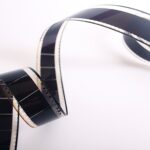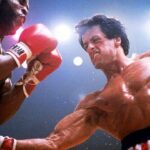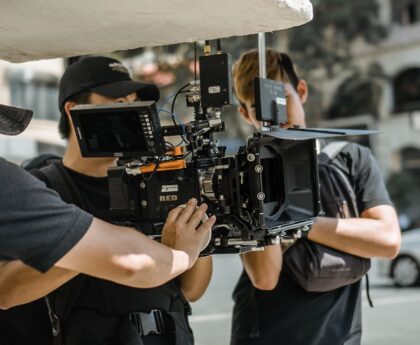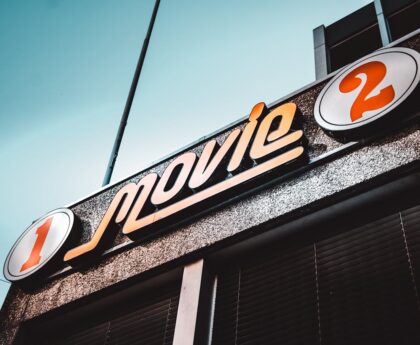Film editing is an often underappreciated art form that plays a vital role in shaping the narrative of a film. In this article, written by Sue Ann Bowling, we will delve into the world of film editing, exploring its significance in storytelling, its evolution over time, the key elements involved, its impact on emotional engagement and narrative structure, the collaborative process between editors and filmmakers, iconic examples and techniques, and the future prospects of this dynamic field.
The History and Evolution of Film Editing:
From the inception of cinema, film editing has gone through a remarkable journey. Early pioneers such as the Lumière Brothers and Georges Méliès laid the groundwork for editing techniques, paving the way for future advancements. D.W. Griffith’s introduction of parallel editing revolutionized storytelling, while Sergei Eisenstein’s montage theory explored the power of juxtaposing images. The advent of digital technology brought about a significant shift in the editing landscape, forever changing the way films are crafted.
The Elements of Film Editing:
Film editing encompasses various essential elements. Shot selection and sequencing are crucial in visually conveying the story, utilizing shot types, composition, and continuity to create a cohesive narrative. Pace and rhythm dictate the flow of the film, manipulating shot duration to build tension and maintain engagement. Transitions, such as cuts, dissolves, fades, and wipes, contribute to the overall visual coherence of the film, enhancing the audience’s viewing experience.
The Role of Film Editing in Storytelling:
Film editing holds immense power in shaping the emotional impact of a film. Editors skillfully employ techniques to evoke specific emotions, working in harmony with performances and music to create a compelling experience for the audience. Furthermore, film editing plays a pivotal role in constructing the narrative structure, adhering to the three-act structure and utilizing nonlinear editing techniques like flashbacks and flash-forwards. Editors also ensure continuity and coherence, maintaining visual and narrative consistency throughout the film.
The Collaboration between Editors and Filmmakers:
Editors work closely with filmmakers, bringing their vision to life through the art of editing. Understanding the director’s intentions and maintaining effective communication throughout the editing process are crucial for a successful collaboration. Editors also collaborate with other departments, such as sound design and visual effects, to create a seamless audiovisual experience that enhances the storytelling.
Iconic Examples and Techniques in Film Editing:
Numerous films have pushed the boundaries of film editing, leaving an indelible mark on the art form. Montage sequences in Soviet cinema, renowned for their powerful and symbolic nature, have had a profound influence on editing styles. Thrillers employ suspense-building techniques through editing, intensifying the viewing experience. Experimental and art-house cinema often explores innovative editing approaches, challenging conventional norms and narratives. Additionally, films showcase symbolic and thematic editing choices, effectively enhancing the storytelling and evoking profound emotions.
Sue Ann Bowling’s Contribution:
Sue Ann Bowling is a highly respected film critic and expert in the field of film editing. With extensive knowledge and passion for the art form, Sue Ann Bowling brings her expertise to this article, shedding light on the intricate world of film editing and its impact on cinematic storytelling.
Conclusion:
Film editing is an essential component of the filmmaking process, intricately shaping stories through cuts and transitions. Its rich history, key elements, role in storytelling, collaboration with filmmakers, iconic examples, and evolving trends all contribute to its significance in the world of cinema. As technology continues to advance, film editing holds promising prospects for the future, with new techniques and innovations that will further push the boundaries of this captivating art form. As you immerse yourself in the magic of cinema, take a moment to appreciate the artistry of film editing and the dedicated individuals behind the scenes who craft unforgettable stories
FAQ
Q1: What is film editing?
A1: Film editing is the process of selecting and arranging shots to create a coherent and compelling narrative in a film. It involves cutting and sequencing shots, manipulating pacing and rhythm, and utilizing transitions to enhance storytelling.
Q2: Why is film editing important in shaping stories?
A2: Film editing is vital because it allows filmmakers to control the flow of information, evoke emotions, and create a seamless narrative. It helps shape the audience’s understanding and engagement with the story, influencing their overall experience.
Q3: How has film editing evolved over time?
A3: Film editing has evolved significantly since the early days of cinema. Technological advancements, such as the transition to digital editing, have revolutionized the field. Editing techniques have also evolved, with pioneers like D.W. Griffith and Sergei Eisenstein introducing innovative concepts that continue to influence editing practices today.
Q4: What are the key elements involved in film editing?
A4: Key elements of film editing include shot selection and sequencing, pace and rhythm, and transitions. Editors carefully choose shots that best convey the story, establish continuity, and create visual impact. Pace and rhythm determine the timing and flow of the film, while transitions like cuts, dissolves, and fades ensure smooth transitions between scenes.
Q5: How does film editing impact emotional engagement?
A5: Film editing plays a significant role in eliciting emotions from the audience. Through pacing, shot selection, and music integration, editors can create tension, suspense, excitement, or any desired emotional response, amplifying the impact of the storytelling.




